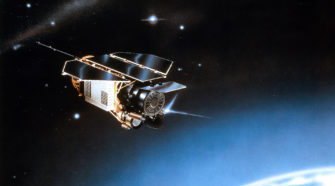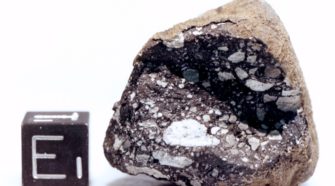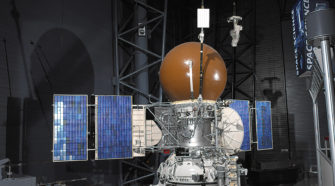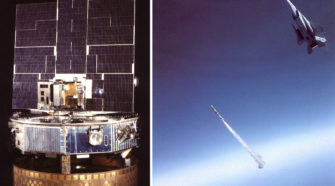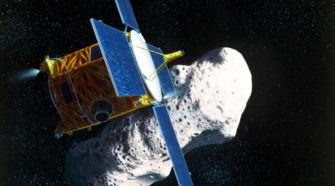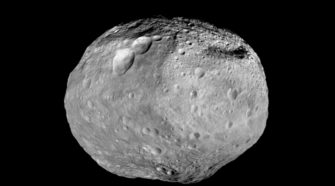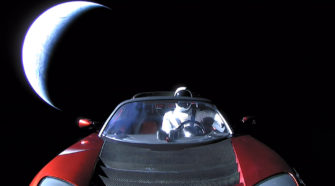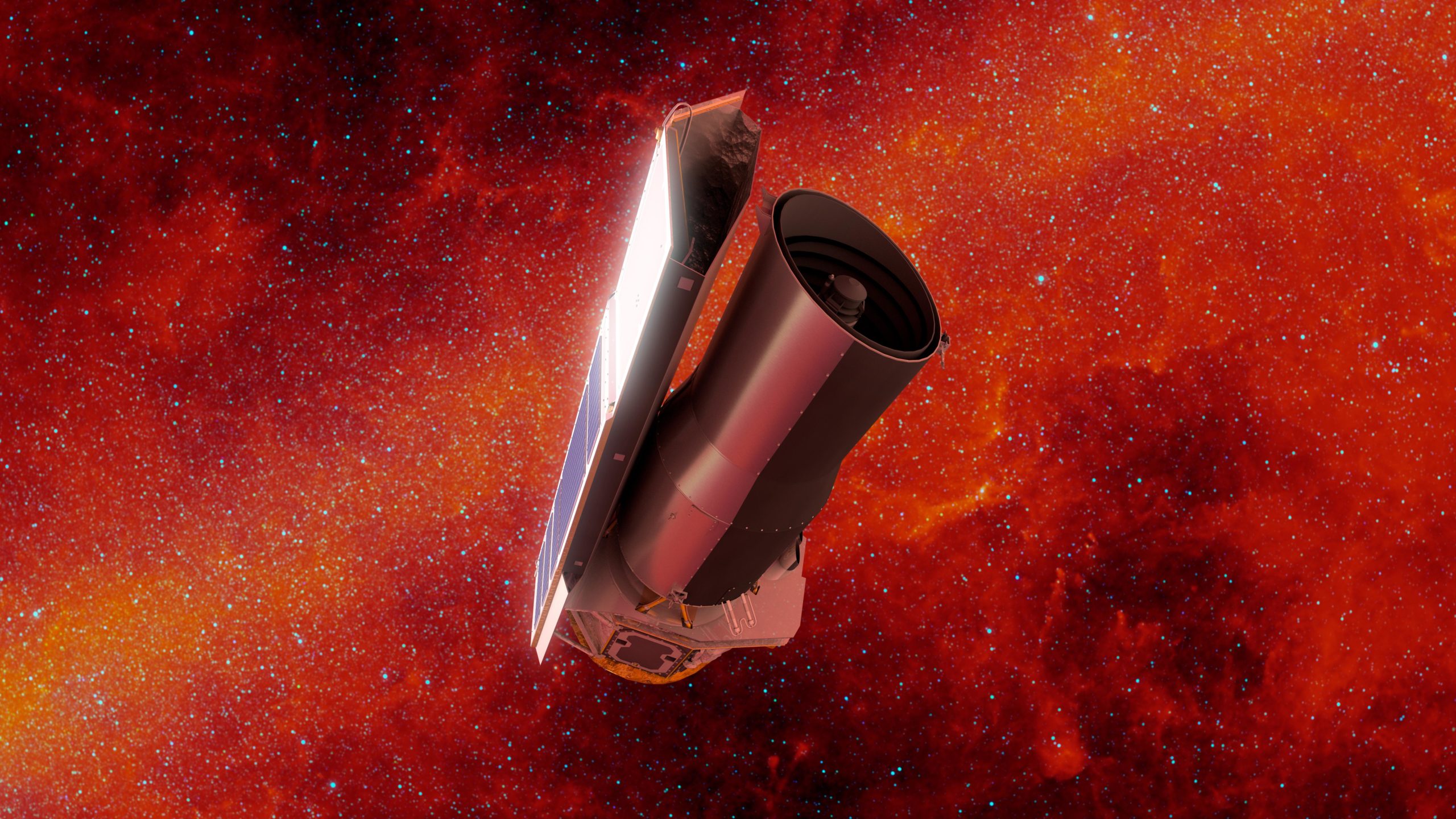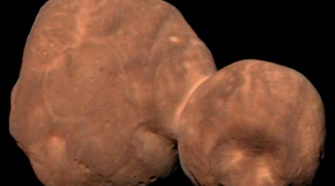History
This Week in History: March 22-28
MARCH 22, 2016: The tiny Comet PANSTARRS P/2016 BA14 passes just 0.024 AU from Earth, the closest known cometary approach to Earth thus far in the 21st Century and the third-closest known cometary approach to Earth in history. Despite its closeness, it was never brighter than 13th magnitude. This and other close comet approaches to …
This Week in History: March 15-21
MARCH 15, 2020: Comet ATLAS C/2019 Y1 will pass through perihelion at a heliocentric distance of 0.838 AU. This is the fourth known member of a “group” of comets, the first of which appeared in 1988; this, and other comet “groups,” are discussed in a future “Special Topics” presentation. Comet ATLAS has become bright enough …
This Week in History: March 8-14
MARCH 8, 1772: A French amateur astronomer, Jacques Montaigne, discovers a comet that is followed for one month and that reaches 7th magnitude. Over the next 5½ decades the comet is discovered on two subsequent returns, the latter of these being in 1826 by an Austrian army officer, Wilhelm von Biela, for whom it was …
This Week in History: March 1-7
MARCH 1, 1705: British astronomer Edmond Halley publishes his calculations of the orbits of the comets of 1531, 1607, and 1682, concluding that they are individual returns of the same comet, and that that comet would return in 1758. His prediction turned out to be correct, and the comet has been named in his honor. …
This Week in History: February 23-29
FEBRUARY 23, 1988: David Levy obtains the final visual observation of Comet 1P/Halley during its 1986 return, using the 1.5-meter telescope at Catalina Observatory in Arizona. The comet was located 8.0 AU from the sun and appeared at 17th magnitude. FEBRUARY 24, 1979: The U.S. Defense Department satellite P78-1 is launched from Vandenberg Air Force …
This Week in History: February 16-22
FEBRUARY 17, 1930: A bright meteor appears in the sky above the midwestern U.S. and falls to the ground near Paragould, Arkansas. With a total mass of 370 kg, the Paragould meteorite, a stony chondrite, is the second-largest meteorite fall seen from and recovered in North America. FEBRUARY 17, 1996: The Near-Earth Asteroid Rendezvous (NEAR) …
This Week in History: February 9-15
FEBRUARY 9, 1986: During its most recent return Comet 1P/Halley passes through perihelion at a heliocentric distance of 0.587 AU. Comet Halley’s 1986 return is a future “Comet of the Week,” and its entire history is the subject of a future “Special Topics” presentation. FEBRUARY 10, 1907: August Kopff at Heidelberg Observatory in Germany discovers …
This Week in History: February 2-8
FEBRUARY 2, 1106: Sky-watchers around the world see a brilliant comet during the daytime hours. In subsequent days it becomes visible in the evening sky, initially very bright with an extremely long tail, and although it faded rapidly it remained visible until mid-March. The available information is not enough to allow a valid orbit calculation, but …
This Week in History: January 26-February 1
JANUARY 26, 1978: The International Ultraviolet Explorer (IUE) spacecraft is launched from Cape Canaveral, Florida. Throughout its 18 years of operations IUE conducted observations of many astronomical objects, including several comets. JANUARY 27, 2016: A team of astronomers led by Tabitha Boyajian of Yale University publishes their paper on the star KIC 8462852 – unofficially …
This Week in History: January 19-25
JANUARY 19, 2006: NASA’s New Horizons mission is launched from Cape Canaveral, Florida. After a somewhat distant flyby of the main-belt asteroid (132524) APL in June 2006 and a gravity-assist encounter with Jupiter in February 2007, New Horizons encountered Pluto and its system of moons in July 2015 – providing our first detailed view of …

